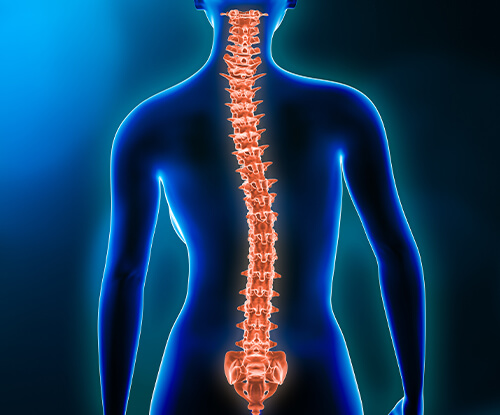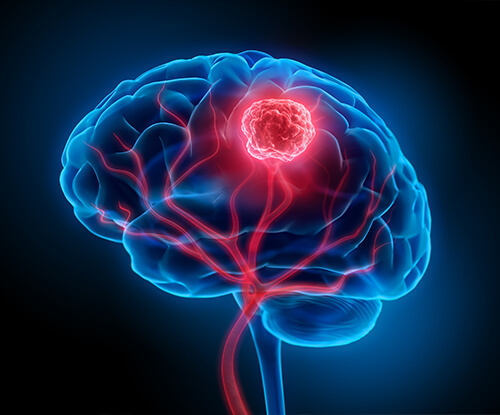Neurosurgery
Call Us
Get a Free Consultation
Neurosurgery
Neurostimulator Surgery (Parkinson, Dystonia, Tremor)
A neurosurgical procedure that uses implanted electrodes and electrical stimulation to treat movement disorders associated with Parkinson’s disease (PD), essential tremor, dystonia and other neurological conditions.
Microsurgical Treatment
Allows your own tissue to move from one place on your body to another place on your body. Microsurgical reconstruction is typically reserved for complex reconstructive surgery problems when other options (primary closure, skin grafting, local or regional flap transfer) are inadequate.
Lumber and Cervical Hernias
This kind of injury can cause a variety of different symptoms, but those symptoms can vary depending on where the disc herniation occurs in your spine. they put a strain on your spinal cord and may compress the nerves in your spine.
Lumbar Spondylolisthesis\Spinal Fraction
Is a spinal condition that causes lower back pain. It occurs when one of your vertebrae, the bones of your spine, slips out of place onto the vertebra below it.
Lordosis
Lordosis is the inward curve of the lumbar spine. It differs from the spine’s normal curves at the cervical, thoracic, and lumbar regions, which are, to a degree, either kyphotic (near the neck) or lordotic (closer to the low back).
Hydrocephalus-shunt, 3RD ventriculoperitoneal
Is a surgical procedure that primarily treats a condition called hydrocephalus. This condition occurs when excess cerebrospinal fluid (CSF) collects in the brain’s ventricles.
Epilepsy Surgery
Epilepsy surgery is a procedure that removes an area of the brain where seizures occur. It is most effective when seizures always occur in a single location in the brain.
Craniosynostosis (cranial correction) Surgery
In this procedure, the surgeon places two to three stainless steel springs to help increase the amount of room for the brain to grow, improve the skull shape, and reduce the risk of the sagittal suture closing again.
Cerebral, Spinal and Vertebral Tumors
Cerebral tumors like: Glioma, Meningioma, Pituitary adenoma, Vestibular schwannoma, primary central nervous system lymphoma or other less common tumors
Contact Us

Related Surgeries
VMH Hospitals

Our long-standing experience for years in providing outstanding medical services and high quality


